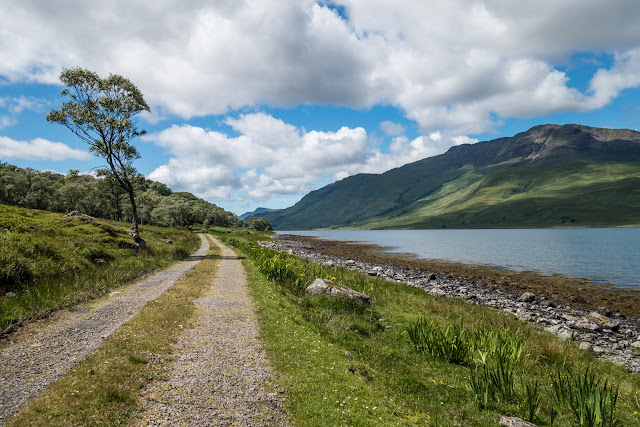Colchester Priory and Firstsite Gallery
Firstsite is the East of England's contemporary visual arts organisation. From its spectacular golden building designed by world-renowned architect Rafael Viñoly, firstsite presents a varied and challenging programme of exhibitions, commissions, residencies and screenings, in a broad range of media and art forms, by nationally and internationally acclaimed artists - so the blurb goes.
Or, as the Telegraph commented, "A £28m art gallery has been condemned as a waste of public money amid claims more than half of its visitors only entered to use the lavatory.
The Firstsite art gallery in Colchester, Essex, first opened its doors to the public in September 2011 with the aim of attracting 150,000 visitors every year.
But the attraction - which aims to make "contemporary art relevant to everyone" - has now come under the spotlight amid claims the majority of people were leaving within two minutes of coming through the doors.
Instead of coming to see the artworks - which have been described by some critics as a "out touch with ordinary people" - it is thought many members of the public are just using the free-to-enter gallery as a convenient place to go to the lavatory."
Some reflections caught in the glass frontage of the Firstsite gallery.
The 162ft Victorian tower on Colchester town hall was presented by industrialist James Paxman with a statue at the top of St Helena, Colchester's patron saint.
I have not found out yet the meaning of this sign on a building in Colchester, but perhaps something to do with an old inn, The Three Cups, which I believe did exist?
St. Botolph's Priory.The ruins are still an attraction for visitors to Colchester, and one can only wonder as to the completed building`s magnificence. The first St Botolph’s Church was built where the ruins of St Botolph’s Priory Church now stand. It was a Saxon Church with a tower construction similar to that of nearby Holy Trinity, and stood just outside the town’s Roman wall. Recent excavations have revealed the remains of a Roman house close to the site.
The Priory was granted a charter by William Rufus, son of William the Conqueror, in C1100. It was the first House of the Augustinian Order in England, founded by two priests who served the Saxon Church. The Priory Church was about twice as long as the remaining portion and the recent excavations indicate a straight and not apsidal East end. The Main West doorway can still be seen with its five orders of typical Norman ornamentation. The monastic buildings were arranged in a square around an open cloister and the present Church stands on the site of the kitchens and refectory.
At the time of the dissolution of the monasteries the Priory suffered badly and in 1536 was largely demolished. Only the Church was left, which continued for another century to serve the parish, as well as the Mayor and Corporation, which used to attend 'on Sundays and other public occasions'. Further serious damage was suffered during the Civil War at the time of the Siege of Colchester in 1648 and for many years little attempt was made to repair it. By the nineteenth century the interior of the ruin was used as a burial ground.











Comments